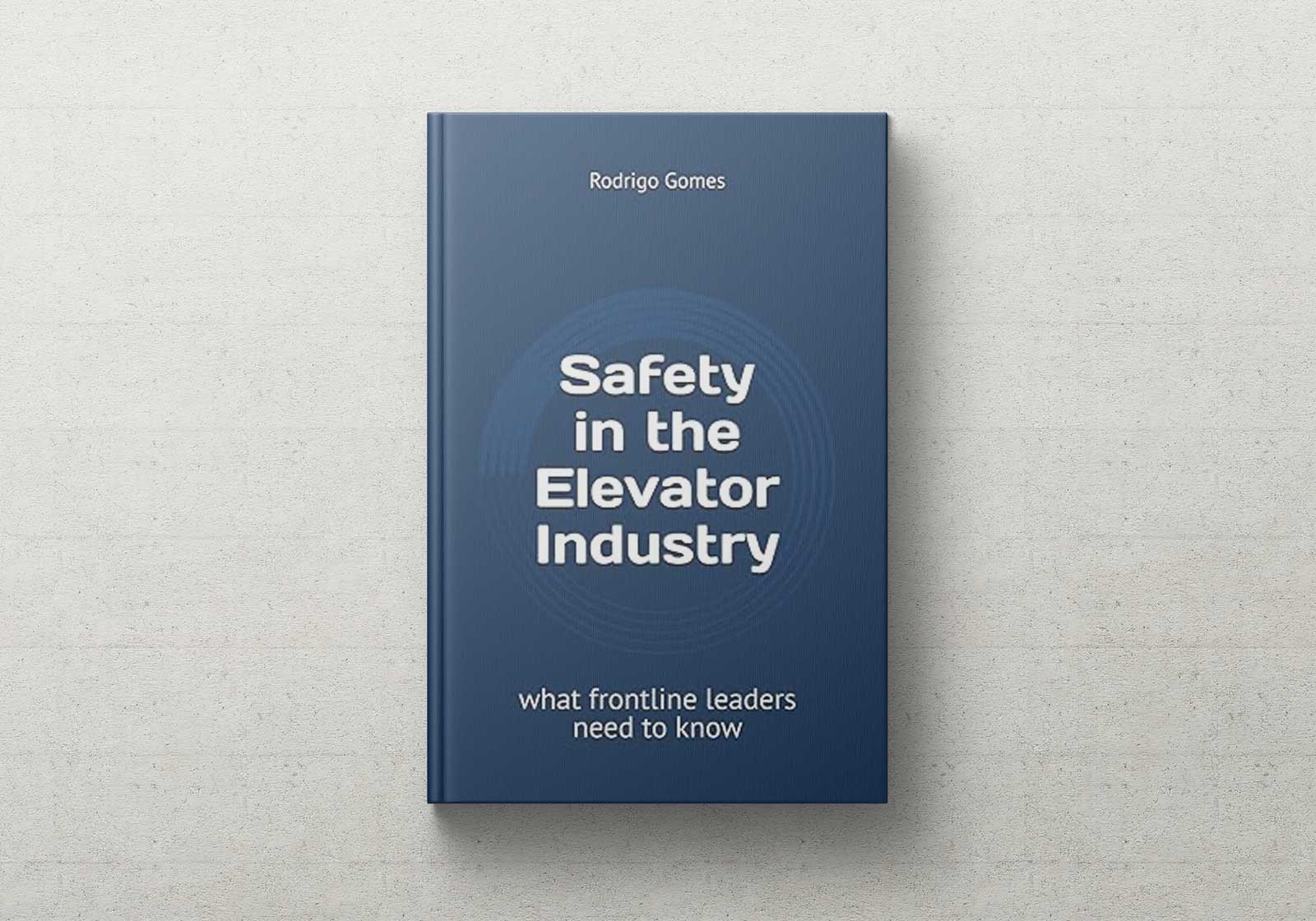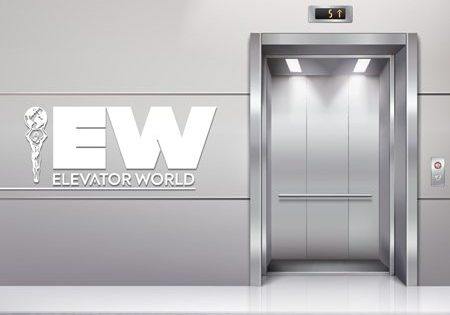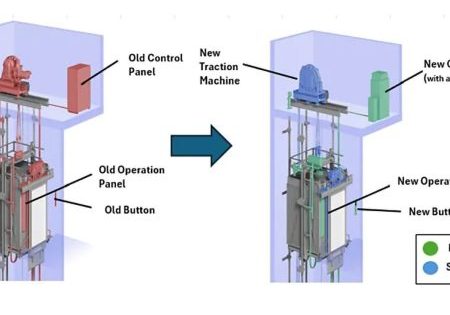Small but excellent Safety in the Elevator Industry focuses on frontline leaders.
Rodrigo Gomes, a 25-year veteran of the vertical-transportation (VT) industry in operations and safety management, says in the Acknowledgements section of Safety in the Elevator Industry that the 100-page book is “the result of the collective effort of many individuals, not only those who directly contributed to its content and are cited throughout, but also those [he] had the privilege of observing, engaging with and discussing ideas on how to make this work a meaningful contribution to improving safety in the elevator industry every day.” The subtitle of the book is what frontline leaders need to know. It is a small but excellent book that advises leadership on how to manage safety in a VT company. By its nature, an elevator company (say, a maintenance contractor) is a decentralized workforce. Teams of workers go in different directions every day.
The book is written in a conversational, easy tone, and the author uses personal experiences to drive home his points, along with relevant, strategically placed quotes from a Harvard business professor, an Israeli business management guru, author Lewis Carroll, theoretical physicist Albert Einstein and philosopher Plato.
In the Foreword, TK Elevator Latin America CEO Paulo Manfroi observes the target audience consists of frontline leaders, since “frontline leadership is the critical factor” in field safety. “Besides actions, processes, tools and product designs, this is about effectively engaging with the frontline and fostering a deeper warehouse of individual risk perception,” Manfroi writes. Distractions could have life-threatening consequences, he points out, and thoughtful leadership characterized by trust and openness is the differentiating factor.
In addition to the Acknowledgements and Foreword, there are sections titled “Why Read This Book,” “Who Should Read This Book,” “A Short Context of the Elevator Industry,” “What Does a Safe Operation Look Like” and “Hazards and Major Risks Within the Elevator Industry.” The following chapters include three to four “key takeaways” at the end of each. These are “Understanding the Precursors of Serious Injuries and Fatalities,” “Leadership & Trust: The Essential Elements,” “Team Psychological Safety,” “How To Overcome Resistance and Drive Necessary Changes,” “The Power of Simple and Effective Safety Routines,” “Assessing Safety Performance and Designing Interventions,” “What To Do When Things Go Wrong, How Data Analytics and AI Can Help Shape the Future” and “Final Remarks: The Common Nature Between Compliance, Quality and Safety.”
Safety in the Elevator Industry concludes with a Call To Action, Epilogue and Afterword, along with guidance about how to Connect, Share and Make a Difference. An appendix includes recommended continued reading.
The book is written in a conversational, easy tone, and the author uses personal experiences to drive home his points, along with relevant, strategically placed quotes from a Harvard business professor, an Israeli business management guru, author Lewis Carroll, theoretical physicist Albert Einstein and philosopher Plato. There are seven colored figures to illustrate data such as the total VT market by new installation, maintenance and modernization; major risks; SIF (serious injuries and fatalities) precursors; effective safety routines; non-fatal accident rates; and the 3Vs (volume, variety and velocity) Big Data model.
Early in the book, Gomes highlights in a pair of charts the European Elevator Association’s Vital Rules and the National Elevator Industry, Inc.’s 9 Safety Absolutes, assuring the reader that these two entities are really speaking the same language. His interest is more in how you manage safety as a frontline leader. He encourages leaders to spend time getting to know their team, to ask stupid questions, admit you worry and create new leaders. These rules of leadership encourage fostering a “safety culture” that is not just the absence of accidents, but the presence of positive values.
There are very specific areas of advice in this small softcover book, including what to do when there is an accident or fatality, as well as how to handle inspectors, police, victims and aftermath. The author also addresses AI, as it has the ability to analyze vast amounts of information and provide important clues about accident prevention.
Get more of Elevator World. Sign up for our free e-newsletter.










